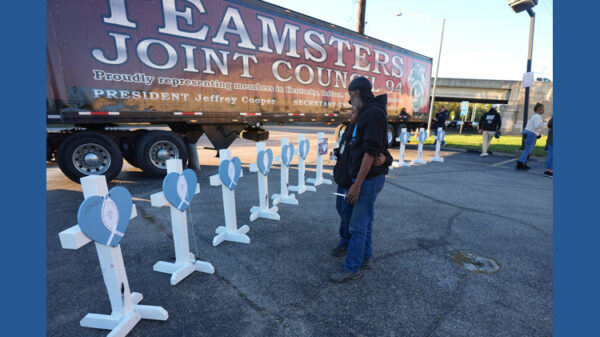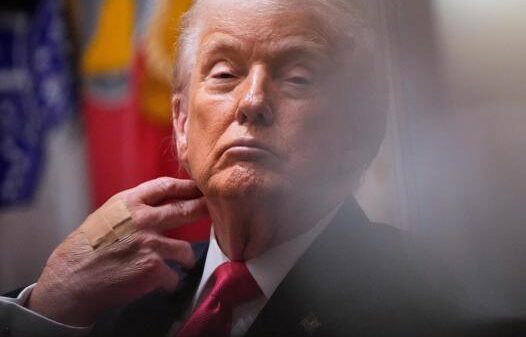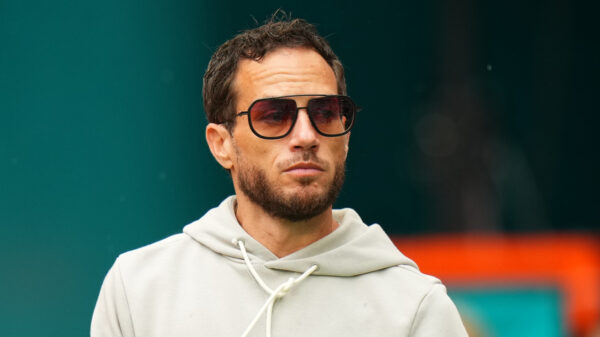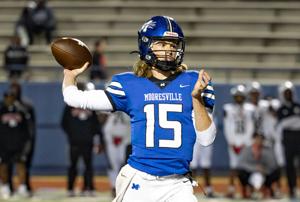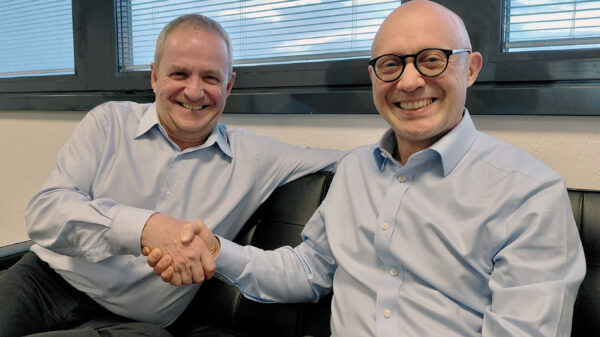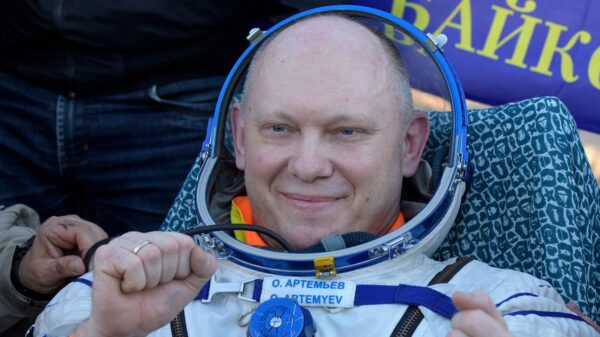In the high-octane world of Formula One, the notion of deliberately crashing a car to gain a competitive edge seems both audacious and reckless. Yet, this is precisely the strategy employed by the character Sonny Hayes, played by Brad Pitt, in the fictional film “F1: The Movie.” The film features a struggling racing team, APXGP, and its unconventional approach to climbing the ranks, sparking intrigue and questions about the realities of such tactics in the actual sport.
The film’s narrative centers around a young, impulsive driver, Joshua Pearce, and a team owner, Ruben, portrayed by Javier Bardem, who is desperate for success. The technical director, Kate, played by Kerry Condon, struggles to create a competitive car, leading to Hayes’ aggressive racing style that involves intentional collisions. These thrilling sequences, while captivating, raise questions about the authenticity of such strategies in real-world Formula One racing.
The Reality Behind the Fiction
To unravel the truth behind these cinematic portrayals, we spoke with Chris Medland, a seasoned motorsports journalist based in London. Medland, who has covered Formula One extensively since 2011, offers insights into the film’s depiction of the sport. He acknowledges the film’s entertainment value but critiques its simplistic characterizations, particularly in its portrayal of women in technical roles.
“F1 has a lot of brilliant women working in the sport, and I think they were trying to highlight that but in a way that actually belittled them, which surprised me,” Medland noted.
The Dynamics of Teamwork in Formula One
In “F1: The Movie,” the relationship between teammates Sonny and Pearce is portrayed as both collaborative and competitive. Medland explains that in reality, Formula One drivers often operate more as individual competitors within a team environment, especially when podium finishes are at stake. He highlights that team harmony is more prevalent among drivers in slower cars, but as the stakes rise, so does the competition between teammates.
Aggressive Racing: Strategy or Scandal?
The film’s depiction of Hayes’ aggressive driving style, including triggering safety cars, prompts questions about the viability of such tactics in real races. Medland references a real-life incident known as “Crashgate,” where a team deliberately orchestrated a crash to benefit another driver, leading to significant repercussions.
“There was an occasion back in 2008 where a team instructed one of its drivers to crash on purpose… That scandal was huge,” Medland recalls, emphasizing the serious consequences of such actions.
The Role of Safety Cars
Safety cars play a crucial role in Formula One strategy, offering potential advantages during pit stops. Medland explains that during a safety car period, the reduced speed on track minimizes the time lost during a pit stop, allowing drivers to potentially gain positions. However, he stresses that deliberately causing a safety car is highly problematic and heavily penalized.
The Technicalities of Tire Choices
The film also delves into the intricacies of tire selections, a critical aspect of race strategy. Medland outlines the differences between soft, medium, and hard tires, each offering distinct advantages and trade-offs in terms of grip and durability. He highlights the rule requiring drivers to use at least two different tire compounds during a race, adding complexity to their strategic decisions.
Physical Demands on Drivers
Brad Pitt’s character, Sonny Hayes, is depicted as an old-fashioned athlete, relying on jogging and basic exercises to stay fit. Medland provides insight into the physical demands on real Formula One drivers, emphasizing the importance of neck strength to withstand the intense G-forces experienced during races.
“The braking force of these cars is just incredible, way more than acceleration. They can pull over 5G of deceleration load,” Medland explains, highlighting the necessity for robust neck muscles.
American Drivers and the Global Stage
The film raises questions about the presence of American drivers in Formula One. While there are currently no American drivers in the league, Medland notes the potential for change with Cadillac’s entry into the sport and their interest in American driver Jack Crawford.
Historically, American drivers like Mario Andretti and Phil Hill have achieved success in Formula One, but the current landscape presents challenges due to the sport’s European-centric infrastructure and culture.
Impact and Reception of “F1: The Movie”
Despite its fictional elements, “F1: The Movie” serves as a commercial for the sport, showcasing its team dynamics and the prevalence of sponsorships. Medland acknowledges the film’s ability to capture the essence of Formula One, albeit with a more dramatic flair than reality often presents.
“It’s a thousand people competing against another thousand people, but the thing that everyone sees is the two drivers racing in the cars around the track,” Medland reflects on the sport’s complexity.
As Formula One continues to grow in popularity, particularly in the United States, films like “F1: The Movie” play a role in introducing new audiences to the sport’s thrilling and multifaceted nature. While the film takes creative liberties, it ultimately highlights the excitement and challenges faced by drivers and teams in the world of Formula One racing.








